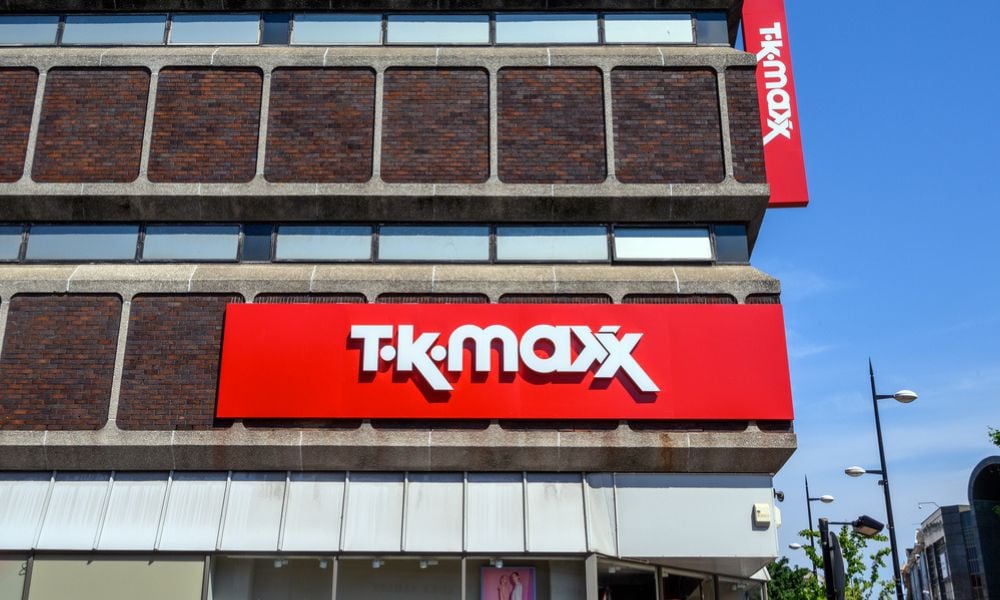Up until 2004 Ergon Energy was feeling the effects of the skills shortage in the energy industry. Over the past four years, however, they have introduced a number of initiatives which have eased the issue. Sarah O’ Carroll reports
Up until 2004 Ergon Energy was feeling the effects of the skills shortage in the energy industry. Over the past four years, however, they have introduced a number of initiatives which have eased the issue. Sarah O’ Carroll reports
The ageing workforce, the need for specialised skills, an increasing workload and difficulties recruiting staff for remote locations are four of the major factors contributing to the skills crisis in the energy industry. Numerous attempts at offering incentives have been made to deal with the crisis, but many organisations have been devising their own innovative strategies to remain ahead in attracting the best talent.
Ergon Energy distributes electricity to 97 per cent of Queensland. As many of the staff required to work at Ergon are highly skilled, the company has been at the forefront of companies feeling the squeeze of the labour market. As such, it devised a campaign to try and beat this skills shortage and help them get the workers they needed.
Back in 2004, the company was faced with a number of vacant positions across the state which they were struggling to fill. One of the reasons for their recruitment difficulties was the geographically isolated nature of some of the areas they needed to have people working in. With 87 depots spread throughout regional Queensland, and 4,000 employees across the state, finding workers that were happy to go to isolated regional areas was a difficulty in itself.
However after implementing specific strategies the company has managed to overcome the grip this crisis once had. “I think that sitting here now in 2008 we still recognise that there are some specialist and semi-professional roles that remain hard to fill, but generally I think the skills shortage isn’t as deep for us as it once was,” says Marc Braithwaite, group manager of human resources operations.
The strategies introduced over the four years yielded strong results. For example, calls to the Ergon Energy Careers (EEC) recruitment hotline increased by 90 per cent from 2006 to 2007 and their online advertising click-through rate rose to 0.16 per cent, which is above the industry standard of 0.12 per cent.
Employer branding image
A number of both internal and external projects were devised. Partnering up marketing with recruitment was one of the key initiatives introduced. Before 2004 both departments worked separately with very little interaction. However to assist in attracting and retaining a diverse skilled workforce in regional Queensland, a strong employer brand was developed to promote Ergon Energy as “a great place to work”. This was recognised externally with a nomination for best employer brand in the Australian HR Awards and a win in the category of “best brand extension” in the Australian Institute of Marketing awards.
“The way we market ourselves through the establishment of a centralised Ergon Energy Careers has been a key strategy … In 2004 we were operating in various silos. However, partnering internally with our marketing department has been key to our success,”says Braithwaite.
The employer branding helped Ergon recruit within Australia and the same methods were applied to efforts internationally. Two years ago Ergon weren’t in the international recruitment market very much, however they recognised that they needed to be and by 2006 they successfully recruited 12 specialists from overseas. International recruitment has been especially helpful in filling specialist roles.
“Semi-professional roles, people like test technicians and substation designers and those sorts of people are very difficult to fill within Australia these days,” says Braithwaite.
However recruiting from overseas carries a high risk and doing it properly is imperative according to Braithwaite.
“You’re not just bringing over the employee, you’re bringing over the family in many cases as well so you’ve got to be sure that you’re recruitment processes are such that the people you’re bringing over, the family you’re bringing over, can assimilate well,” he says.
“We’re just about to embark on a tour of South Africa. We’re going to a couple of expos in South Africa where we believe from our market information it’s a timely visit to promote Ergon Energy as a place to work.”
Centralised recruitment
Centralised recruitment rounds have had many advantages for the company. Some of the other key aspects were of the recruitment process were:
Planned standardised approach. Recruitment activities planned for in advance, with scheduled milestones which ensure that the process is kept on track, eliminates delays and reduces the risk of the right candidate no longer being available. These planned approaches enable more communication with Ergon’s stakeholders in the recruitment process, as well as attracting and retaining quality employees.
Leveraging employer brand. An advertisement that avoided “government speak” was developed which produced a unique look and advertised in mediums that the target audience would read. As a result, a total number of 927 applications for four position types, across the four regions in 2007 were received within the four campaigns. A streamlined recruitment process was introduced, which included EEC reviewing applications prior to sending to managers, and EEC playing a central role by working with managers to coordinate interviews, reference checks and approval documentation. Each campaign was completed within an average of six months, and a total of 96 offers were made. This streamlined approach has also been utilised for paraprofessional recruitment.
Simplifying the application process. Rather than asking for written responses to selection criteria for what are traditionally blue-collar roles, EEC introduced a process where candidates are requested to complete an application form and attach a copy of their résumé. Managers assess applications based on key technical skills as listed in the position profile, and look for behavioural competencies at the interview.
Communicating key milestones (bulk recruitment). Key recruitment milestones are communicated via emails to managers as recruitment progresses, encouraging them to stay on track. For bulk exercises such as graduate and apprentice intakes, these dates are also communicated to applicants via the Ergon Energy intranet and candidate-specific emails. Following the close of applications, interviews are conducted state-wide over a planned period of two weeks, with offers to successful candidates being made a fortnight later.
Online testing. A variety of online testing tools (such as personality profiling and cognitive tests) were introduced in 2008 and made available as an extra selection step for ad hoc recruitment. Behavioural testing was found to provide a more predictable outcome when used for screening applicants for employment. According to Braithwaite, by using validated employment tests and assessment tools, the company has added an element of objectivity, especially regarding management evaluations.
Diversity. Centralised recruitment allows the EEC team to actively manage, in consultation with line managers and the diversity advisor, the benefits and risks of creating a diverse applicant pool. For example, the 2007 apprentice campaign yielded up to four successful female applicants in what is traditionally a male-dominated field.
Attraction and retention. Overall, centralised recruitment allows for the identification of both potential issues and opportunities across the attraction and retention spectrum via benchmarking. The EEC team has actively benchmarked with other organisations (for example, Queensland Rail, Energex, Queensland Health, Virgin Blue, Brisbane City Council, CS Energy, Suncorp-Metway, Powerlink, BHP Billiton Mitsubishi Alliance, Western Power, ETSA) to ensure that their practices are in line with the external market.
Networking. Networking has also been an important part of tackling the skills shortage. Attending events and seminars with recruitment- and HR-related organisations, such as Seek and Engineers Australia, as well as recruitment agencies on Ergon’s preferred supplier panels and online testing providers has been an important part of the company’s strategy.
Strategic workforce planning
Implementing a strategic workforce planning concept that looks two, five and 10 years out has helped better forecast the resources required in a growing business, in a growing state, and this strategic outlook has been major part of the recruitment campaign.
“To put us in the best position to manage the shrinking labour market, our ageing workforce, and other factors internally and externally that may affect our workforce, and to ensure we are able to achieve our strategic priority of being an ‘employer of choice’, it is important that an annual strategic workforce planning cycle forecasting two, five and 10 years ahead is conducted,” says Braithwaite.
However according to Braithwaite they are not out of the water yet and continuing to be vigilant with regard to recruitment is imperative.
“I think we’re now well positioned from our perspective to continue to compete in the marketplace for talent. I think that we’ve largely overcome a number of the major skill shortages through our apprenticeship campaigns and our graduate campaigns and our smart recruiting,” says Braithwaite. “However there’s still some specialist roles, like test technicians, semi-professional type roles, substation designers and engineers, those sorts of people are still very hard to get.”








